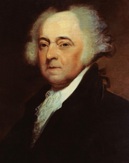
2) Alexander Graham Bell is best known to us as the inventor of the telephone, of course, but he had broad interests in sound, elocution, and speech. His mother and his wife were deaf, a significant factor in his experimentation with devices to improve hearing, culminating in the telephone. Bell taught at Susanna E. Hull’s private school for the deaf in London, working on his experiments in his spare time.

4) Levi Coffin was an anti-slavery activist and is often referred to as the “President” of the underground railroad, which he supported financially and by using his home in Fountain City, Indiana as a safe house for escaped slaves. As a young man, Coffin taught in a school for whites for several years in New Garden, North Carolina. In 1821 he tried to open a school for black pupils, but local slave-holders forced its closure. He moved to Indiana three years later.
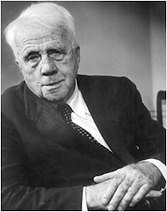
6) Andy Griffith is best known for his television roles on the Andy Griffith Show and Matlock, but he first made his name in 1953 with a big-selling comedic monologue, What it was, was football. Before that first success Griffith was a high school music teacher in Goldsboro, North Carolina. Curiously, other cast members from the Andy Griffith Show had similar pasts: George Lindsey (“Goober”) was a high school history teacher in Huntsville Alabama, and both Don Knotts (“Barney Fife”) and Frances Bavier (“Aunt Bee”) had intended to become teachers before being persuaded to give acting a try.
(7) Lyndon B. Johnson is viewed, on the one hand, as a man of real compassion. Architect of “The Great Society,” he championed legislative programs for Civil Rights, for government-supported health care for the poor and elderly, increased support for education, and the “War on Poverty.” On the other hand, Johnson is also well known for a larger-than-life personality, and for being very tough when seeking support for his legislative goals. Both personality characteristics might have come in handy in his life as a teacher. Johnson taught at a segregated elementary school for children of Mexican descent in Cotulla Texas in the late 1920s. He later taught public speaking at a high school in Houston. Many of his biographers say that Johnson’s experience as a teacher had a profound impact on him. In a speech given in 1965, Johnson said “I shall never forget the faces of the boys and the girls in that little Welhausen Mexican School, and I remember even yet the pain of realizing and knowing then that college was closed to practically every one of those children because they were too poor. And I think it was then that I made up my mind that this Nation could never rest while the door to knowledge remained closed to any American.”
(8) The reception of D. H. Lawrence’s poems and novels was uneven during his lifetime, but most today view him as one of the great voices of modernism in the early 20th century, and certainly at the vanguard in the treatment of sexuality in the English novel. At the age of 23, Lawrence taught at the Davidson Road elementary school in South London. A still undiscovered writer, he got much support from his fellow teachers, who loaned him books, read his work, and encouraged him. Some are thought to appear as characters in his novels.
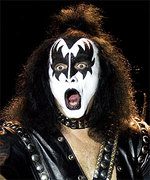
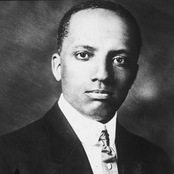
This blog was originally published at Britannica.com
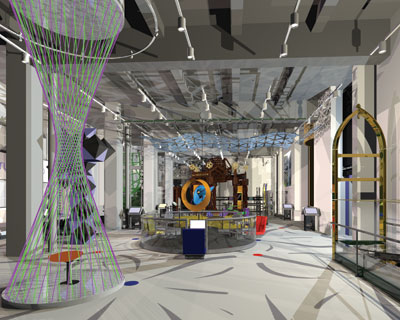
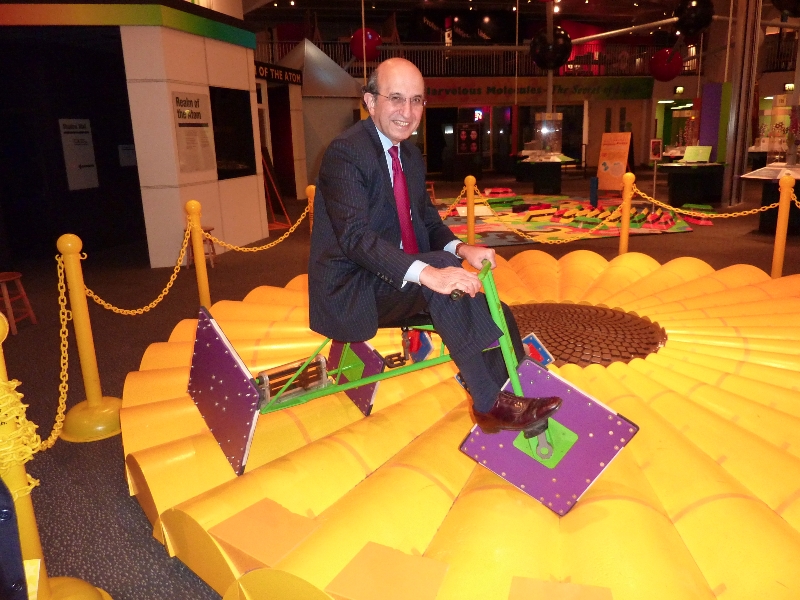
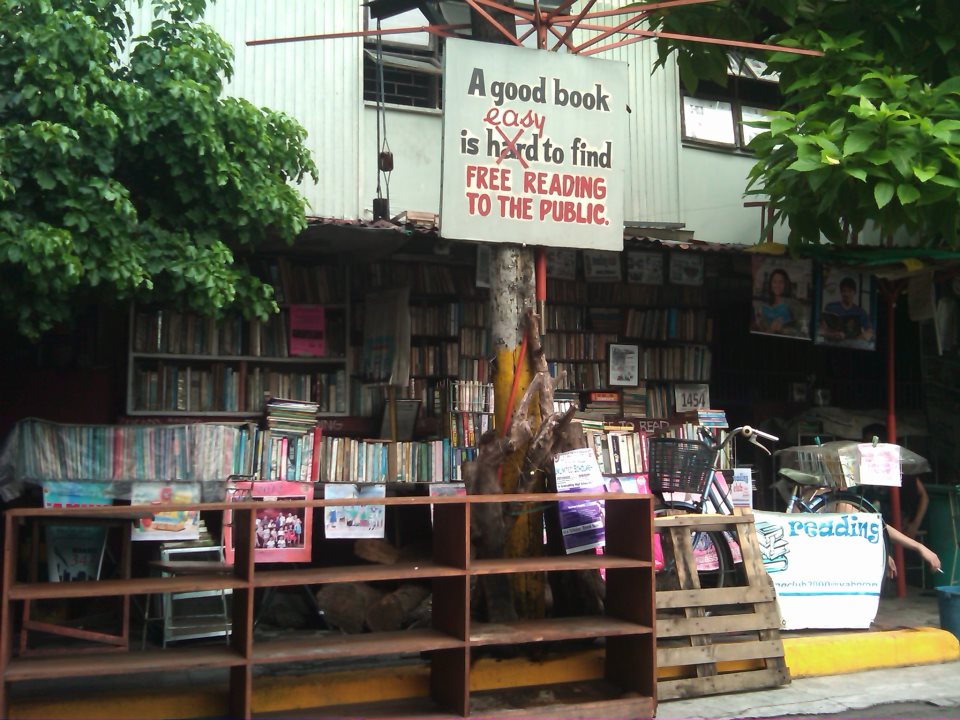



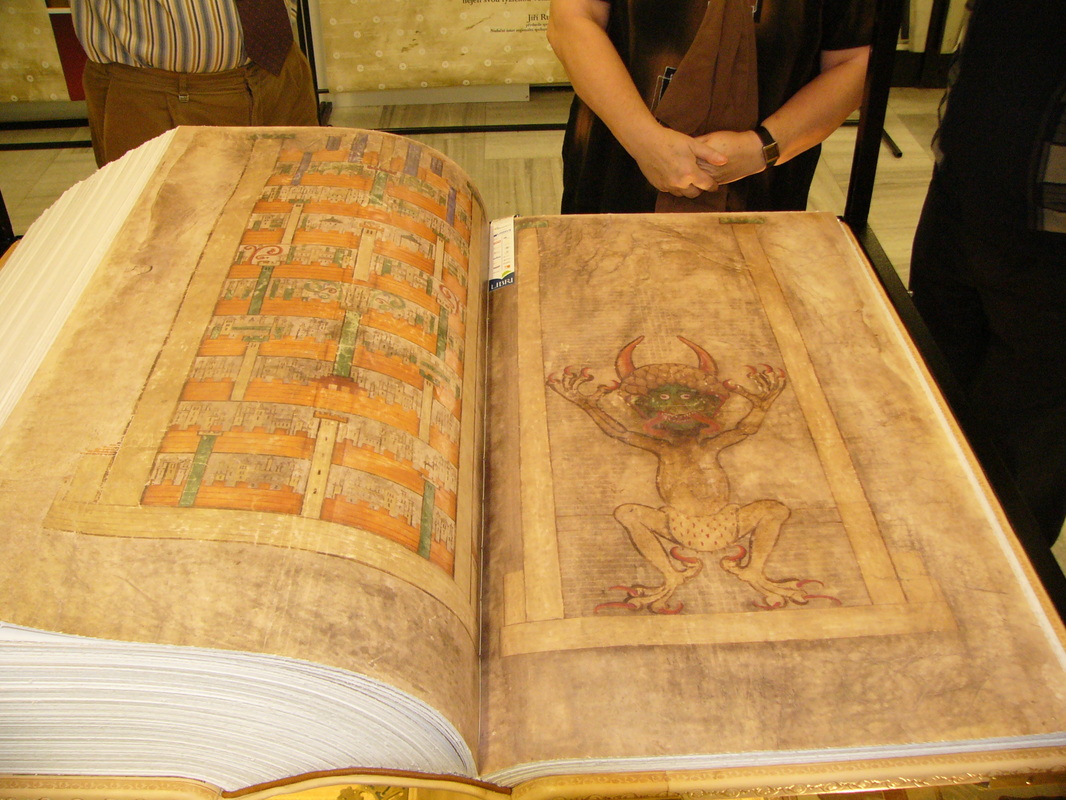
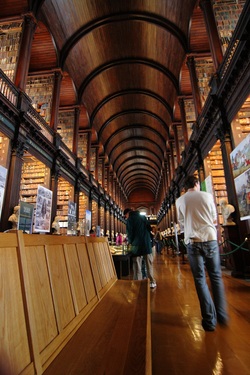

 RSS Feed
RSS Feed